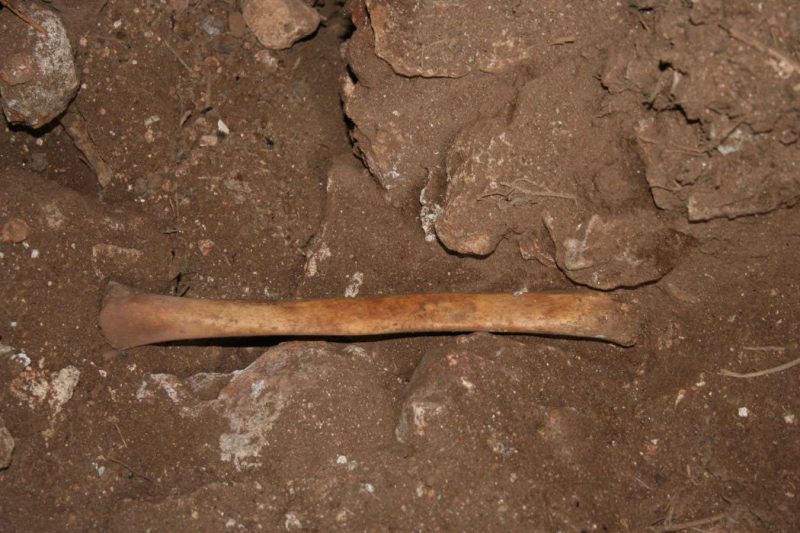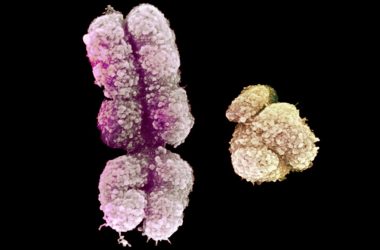Introduction
An archaeological discovery in southern Spain reveals that prehistoric farmers and herders buried their dead in a large cave known as Cueva de los Marmoles. However, it appears that some of the remains were later manipulated to create tools and possibly even used for consumption.
The Cave and its History
Cueva de los Marmoles has been a site of interest since 1934, attracting the attention of scientists, amateur archaeologists, and even tomb raiders. This 2500-square-meter cave has housed multiple generations of bodies over a span of three millennia.
New Discoveries
Recent evidence suggests that the remains found within the cave may have been intentionally broken and scraped up to a year after the individuals had died. Researchers from the University of Bern in Switzerland and the University of Córdoba in Spain conducted a thorough investigation of the cave using advanced carbon dating and hi-tech microscopic and scanning equipment.
Key Findings
- The team examined 411 bone fragments and 57 teeth, uncovering evidence that the remains were from at least a dozen human adults and children living in prehistoric agricultural societies.
- They discovered that the cave was used as a burial site during three distinct periods: 3900 to 3750 BC, 2600 to 2300 BC, and 1400 to 1200 BC.
- Approximately 3% of the bone fragments had been gnawed by animals, while nearly a third had been intentionally broken or cut with human tools.
- The bones showed no signs of forceful separation from muscles or tendons, indicating that the remains were already partially decomposed when manipulated.
- Notable specimens include a skull that had been scraped with stone tools and fashioned into a bowl or cup, as well as a polished teenage shinbone that had been rounded into a sort of spatula.
- Several long bones had been fractured and their insides scraped out, suggesting that the marrow had been extracted for consumption or as part of a cultural practice.
- The absence of violence hints that these remains may not be the result of power struggles between different populations.
Future Research
The research team plans to conduct DNA analysis to explore the relationships among the individuals buried in the cave. This could provide further insights into the ancient population groups and their social dynamics.








